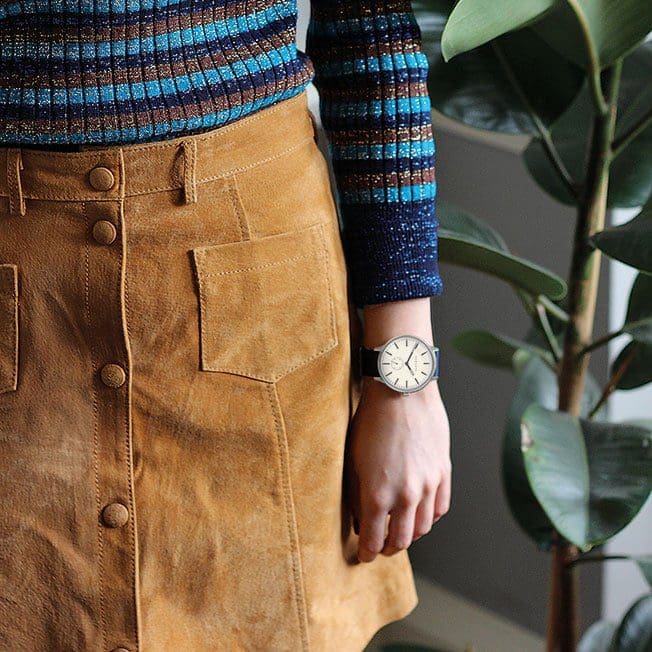words Al Woods
Let’s set the scene.
You’re going to an event featuring a number of speeches from leading experts in your field. It’s an event you’ve been looking forward to for a while, but you’re running a little late. You’re not too worried though as you’re sure that the event planners will know the number of people going and you’ll definitely be able to get a seat. You arrive and unfortunately, you’re wrong.
You get to the event room and its layout is all over the place. Tables are placed randomly around the room, with some chairs even having their back to the stage where the speakers are talking. The lucky people who get a seat are surrounded by others who have to stand, meaning their view of the stage is blocked. You’re at the back with no seat and no table to lean on to make any notes. You can barely hear the speeches going on at the front, so you switch off, deciding to play on your phone instead. You’re feeling frustrated and disengaged.
This scenario shows just how important choosing the right room layout for your event can be. If the event planner had better organised the room, everyone could have had a seat and been able to focus on the speaker.
Event engagement
Whether you have an event that’s focused on networking, promoting better learning or improving team-building, the layout you choose can have a big impact on your attendee’s engagement and their ability to learn.
Of course, the layout itself is not the only factor you’ll need to think about. The organisation and running of the event are arguably as important, so it’s imperative to avoid making planning mistakes where possible. Otherwise, you could join this list of stories of events gone wrong.
Picking the right layout is one the key step towards ensuring your event’s success. However, before you can decide which one is right for you, you will first need to ask yourself a few questions:
How much space do you have available?
Pretty obvious when you think about it, but knowing how much space you will have for your event will help determine whether a particular layout is practical or not.
What are your event’s objectives?
Why are you holding the event in the first place? What are you hoping to achieve? If you are holding it to increase networking opportunities, then having a more open, interactive layout makes sense. Whereas, if the event is aimed at training your attendees, providing more seating options would be a better use of space.
How many people are coming?
The layout you pick will likely be most impacted by the number of people who are actually coming. Some layout options simply might not be workable with the numbers attending, so it’s important to make sure that everyone feels accommodated within the room.
What impact will health and safety have on the layout you can choose?
One of the most important things you have to consider when organising an event plan is health and safety. Ask yourself where are the fire exits? And how are guests going to be able to escape in an emergency? This is vital to ensuring your guests feel reassured.
Once you’ve considered each of these questions, you can then stop to think about which layout it is most practical. Here are seven tried and tested ideas to help get you started:
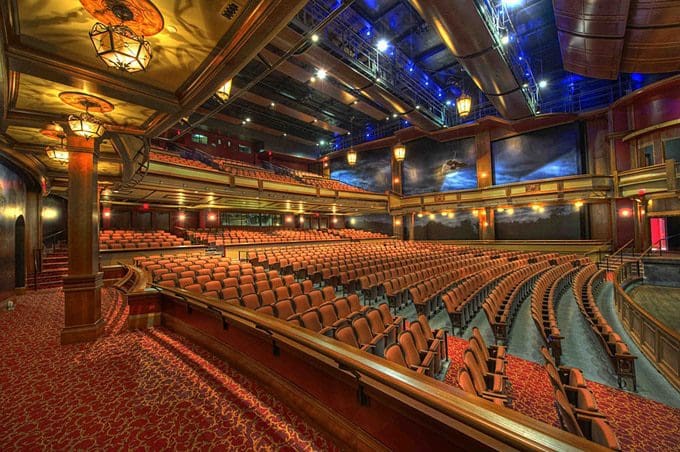
- Theatre
The theatre room style is one of the most well-known layout choices, predominantly used at conferences, presentations and performances. The design features chairs set up in straight rows facing a stage, or another central point. There is also usually a central aisle to help attendees find their seats more easily, as well as room available at either end of the rows.
Best suited for: conferences, large numbers of attendees, product launches, meetings, lectures.
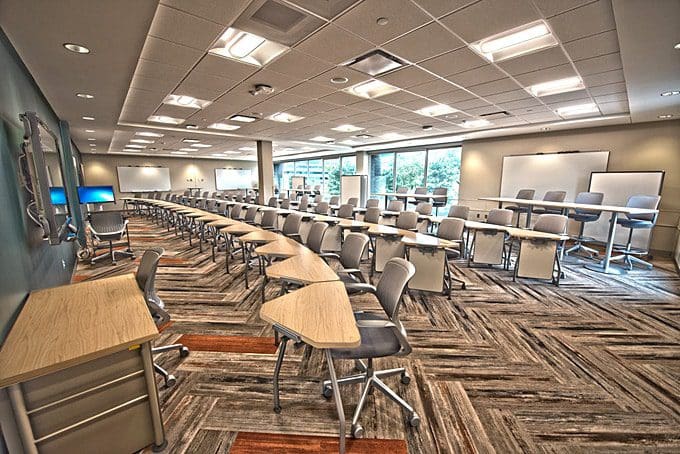
- Classroom
This layout should take you back to your schooldays, featuring tables and chairs all directed towards a central point, such as a stage or speaker.
Best suited for: medium-sized conferences, tests, note-taking.
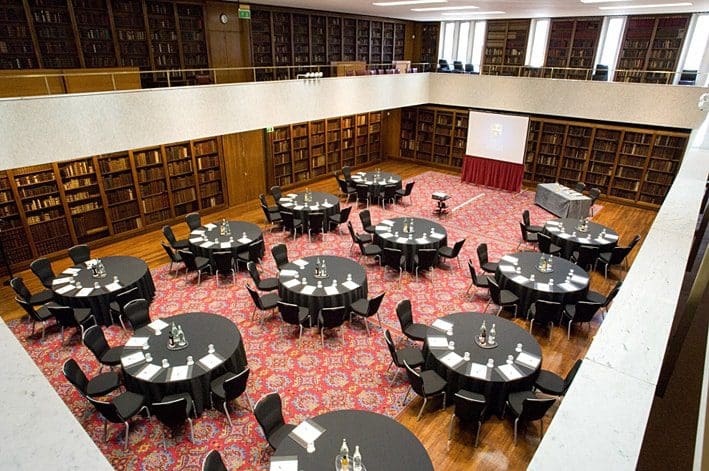
Source: Liberty Office Suites
- Cabaret (or Crescent)
A cabaret layout features circular or semi-circular tables which are staggered around a focal stage or presentation area. However, as chairs are situated to face towards this point, the floor space is used inefficiently, as nobody sits on the opposite side of the tables.
Best suited for: performances, meals with presentations, awards evenings, conferences, workshops.
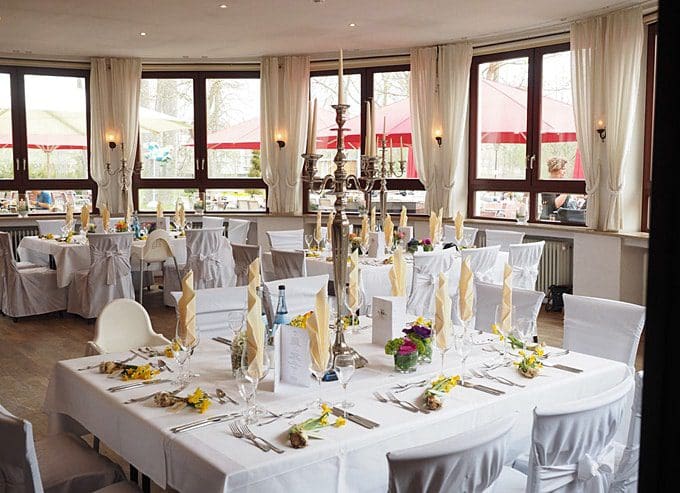
- Banquet
Most commonly seen during weddings, a banquet style room layout involves a number of circular tables around which guests are seated at even intervals. However, in the opposite way to a cabaret event layout, chairs are positioned all the way around the table, meaning that not all guests will have a great view during presentations.
Best suited for: weddings, sit-down meals, presentation/entertainments events that don’t require focus on stage.
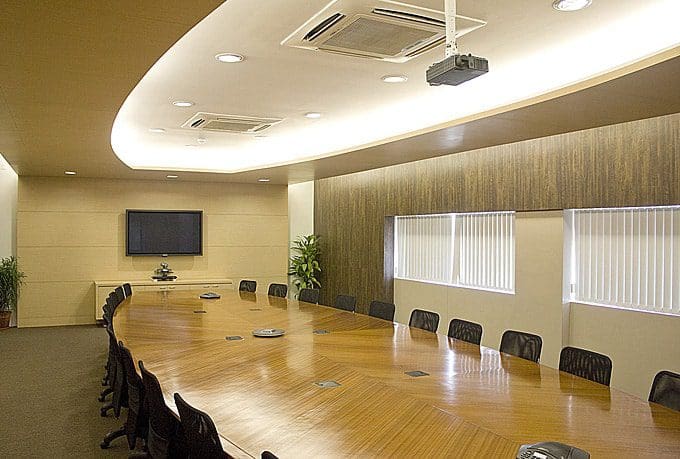
- Boardroom (or Hollow Square)
The boardroom layout pretty much does what it says on the tin. It’s most commonly used in boardroom meetings and other events that encourage participation, discussion or brainstorming amongst guests. Depending on the number of people as well, it can take up a lot of space, so it’s potentially better for smaller events with fewer attendees.
Best suited for: meetings, smaller events.
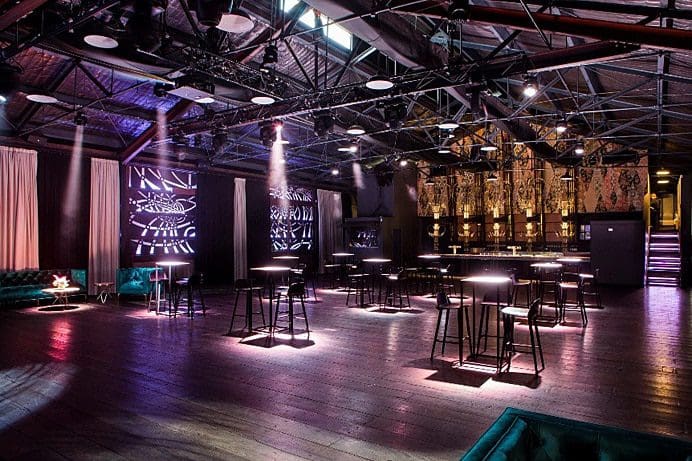
Source: venues 2 events
- Reception (or Cocktail)
Best suited to events focused on networking, the Reception layout uses as much room capacity as possible. Featuring limited seating options, it instead offers several long tables for nibbles and refreshments, as well as high-top tables for guests to perch on.
Best suited for: networking events, socials, drink receptions.
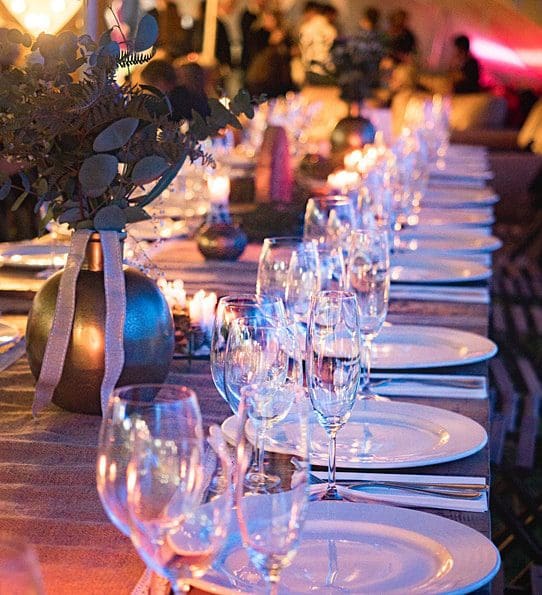
- Imperial
The imperial layout is particularly commonly seen during events that serve food. Featuring long rectangular tables placed end-to-end, attendees sit either side of the tables, encouraging conversation with guests on the opposing side.
Best suited for: food-focused events, weddings, receptions, networking.
Final thoughts
Selecting the right layout can really ‘make or break’ an event, so don’t rush into it. Instead, carefully think about the number of guests that will be attending and what exactly it is you’re looking to achieve from the event. Once you have thought about this and decided on the layout you want to go for, think about how practical your choice of layout will actually be.


















